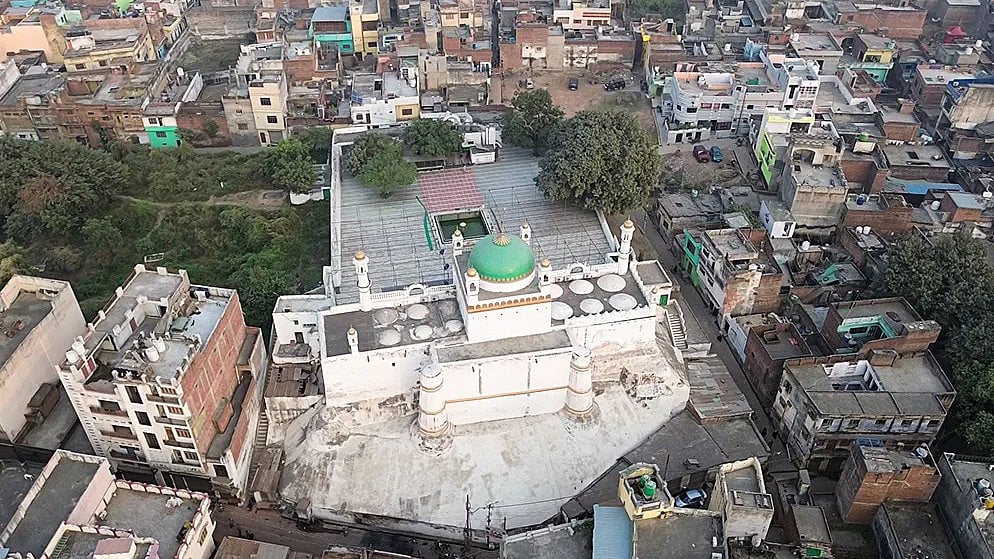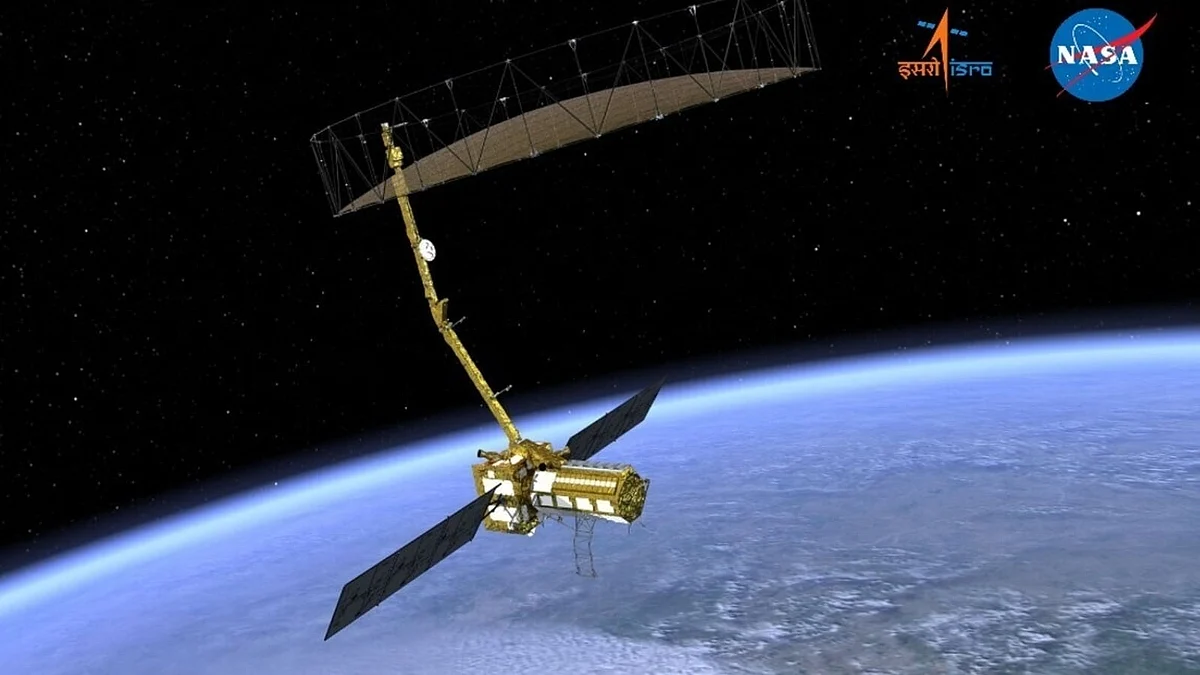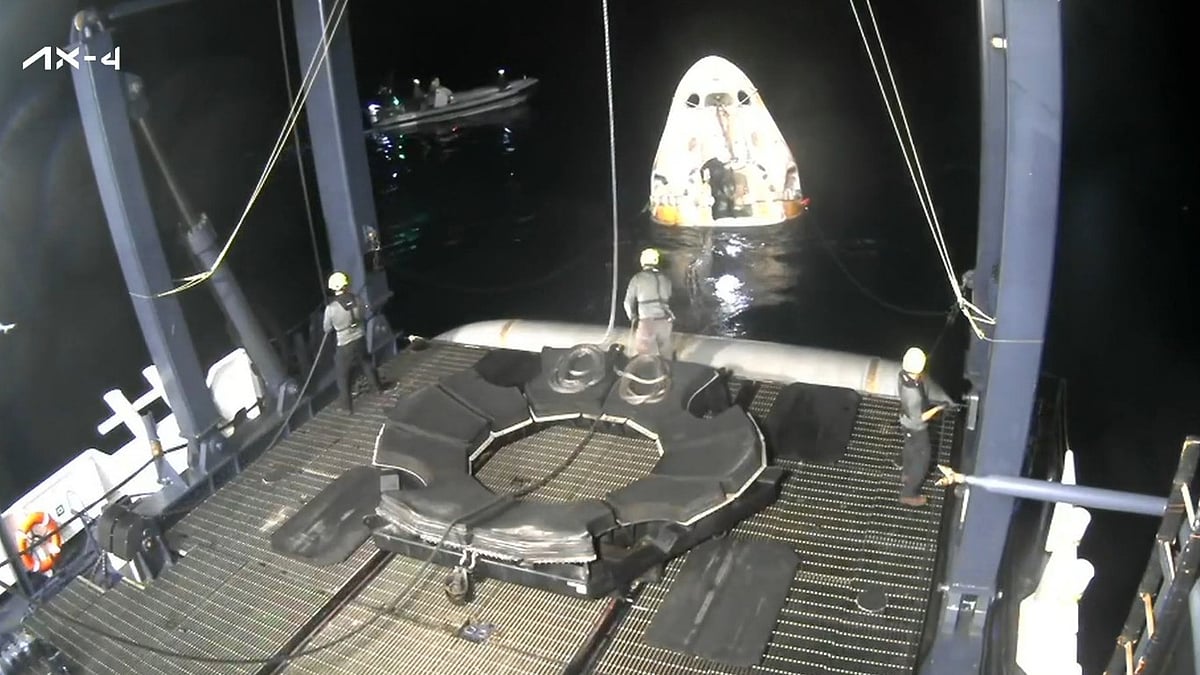The Solar Ultraviolet Imaging Telescope (SUIT) instrument aboard the Aditya-L1 spacecraft successfully clicked the first full-disk images of the Sun within the 200-400 nm wavelength range. The Indian Space Research Organisation (ISRO) revealed that the pictures of the Sun's photosphere and chromosphere in this wavelength range were captured using varied scientific filters.
On December 5, the video documented by the onboard camera displays the SUIT probe's aperture opening and closing, permitting solar radiation to enter the payload and thermal filters.
Here's how the Aditya-L1's SUIT clicked images of Sun:
SUIT helps identify notable features of the sun
"On November 20, 2023, the SUIT payload was powered ON. Following a successful pre-commissioning phase, the telescope captured its first light science images on December 6, 2023," said ISRO. Sunspots, plage, and calm Sun areas are among the significant features identified, offering scientists insights into the intricate details of the Sun's photosphere and chromosphere, the Indian Space Agency explained.
According to a former ISRO scientist, Manish Purohit, "If all of the sun's radiation is allowed to enter the optical cavity, the mirrors and detector will be damaged due to overheating." "A metal-dielectric thermal filter prevents this, reflecting most solar radiation below 200 and above 400 nm. Only 1 per cent of the flux in this range gets transmitted to SUIT's main optical chamber," he added.
The former scientist further explained how he balanced fluxes at the detector across frequency bands by using two filter wheels with unique filters.
He highlighted, "To balance the fluxes at the detector in different frequency bands, there are two filter wheels with different filters. To get the required combination, the two filter wheels can be driven independently. The shutter mechanism controls the exposure with various filter combinations to achieve the desired signal-to-noise ratio."
SUIT observations will aid scientists in exploring the Sun
The SUIT payload on Aditya-L1 offers scientists details about the sunspots and the Sun's other regions, helping them explore the Sun's outer layers, photosphere, and chromosphere. The observations are essential for understanding the interconnection of the Sun's magnetic atmosphere and the effect of solar radiation on Earth's climate.
Aditya L1 mission
ISRO's Aditya L1 is India's first space mission to study the Sun, and it was launched on September 2. The spacecraft, which will be positioned in a halo orbit around Lagrange point 1 (L1) of the Sun-Earth system, approximately 15 lakh kilometres from Earth, will have the unique benefit of continuously observing the Sun without interruptions.
This unhampered view allows for real-time observation of solar activities and their impact on space weather, a notable advancement in solar research.











